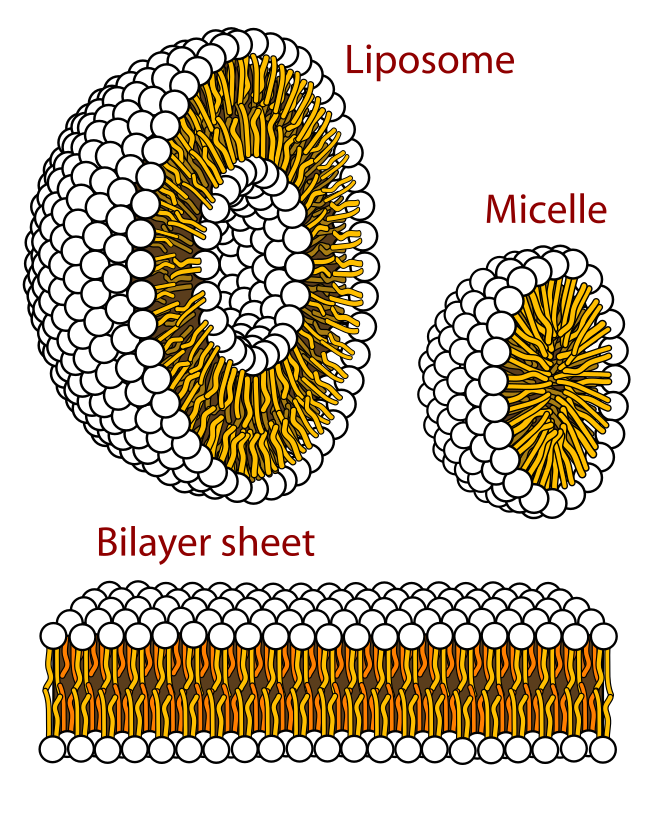
No doubt, you were scanning the never-ending list of Steemit posts just now when your eyes twitched at the subject line of this post - wait, what?
But it is indeed true. Science has proven that our mouths have the same membrane as a vagina.
Don't believe me, read on!
The first step in digestion is the human mouth. The mouth consists of two main regions: the vestibule and oral cavity proper, which contains a mucous membrane. Membranes are selective barriers that allow certain objects to pass through, while preventing other objects, such as germs, from passing. A typical membrane looks like this:

The word "vestibule" is a small cavity or space at the beginning of a canal, which comes from the Latin word vestibulum, meaning "entrance court" or "opening".
There are multiple parts of our body that share the same type of vestibule membranes:
The nasal vestibule is the nostrils, simply lined with an extension of skin epithelium, in contrast to nasal cavity, which is lined with respiratory epithelium
The vestibule of the ear is the central part of the inner ear labyrinth, as used in the vestibular system
The vestibulocochlear nerve connects this to the brain
The vestibule of larynx is between the epiglottis and rima glottidis
The aortic vestibule is the part of the left ventricle of the heart just below the aortic valve
The vestibule of mouth is the space between the lips (or cheek) and teeth
The vulval vestibule is the posterior 2/3 of the labia minora, the location of the urethral meatus and the paraurethral glands of Skene and the introitus of the vagina
Grossed out yet? Good. Let's continue.
The connection between those body parts lies within the vestibular membrane, agreed? But what exactly is a vestibular membrane?
A vestibular membrane (Reissner's membrane, vestibular wall) is a membrane inside of, for instance, the cochlea of the inner ear. It separates scala media from scala vestibuli. Together with the basilar membrane it creates a compartment in the cochlea filled with endolymph, which is important for the function of the organ of Corti.
The membrane is composed of two layers of stratified squamous epithelium (epithelial cells), which its function is to transport electrolytes throughout the body. The epithelium here is referred to as squamous (flattened), many cells within the layers may not be flattened; this is due to the convention of naming epithelia according to the cell type at the surface. In the deeper layers, the cells may be columnar or cuboidal. There are no intercellular spaces. This type of epithelium is well suited to areas in the body subject to constant abrasion, as it is the thickest and layers can be sequentially sloughed off and replaced before the basement membrane is exposed. It forms the outermost layer of the skin and the inner lining of the mouth, esophagus and vagina.
So, in layman's term: a vestibular membrane is a wall that separates and protects certain organs in our bodies. That seemed like a very technical explanation just to say it was a wall, didn't it?
But hey, you now at least have something new to tell your co-workers during your coffee break. Oh, and try not to get spewed with coffee as you tell them; they'll no doubt have that reaction.
Click that Upvote button and Follow me @troydearbourne for more posts like this one.

My first thought was: no way! But then, why would it be weird? Both the mouth and vagina are part of the same body...Still if it were the inside of your mouth and nose it wouldnt be as intruiging I guess
@thephotoguide Yeah. Seems like science never ceases to amaze us! (or weird us out for that matter)
Thats why I never get bored reading more about it!
Its all flesh. in the case of mouth and vagina, its flesh prepared to withstand many types of bacteria and else. Why would have to be that different? what about the anal inner lining, I bet its similar.